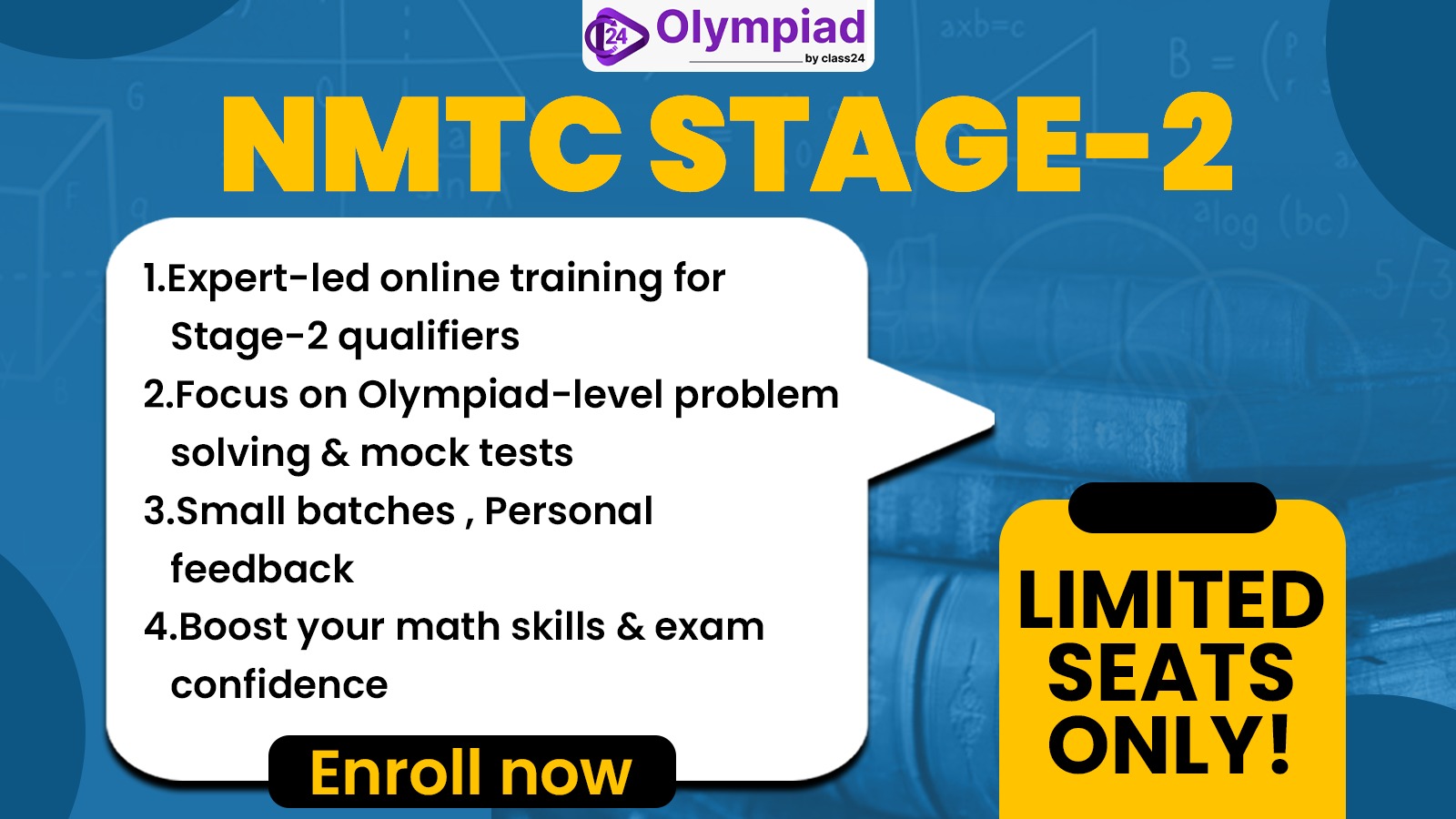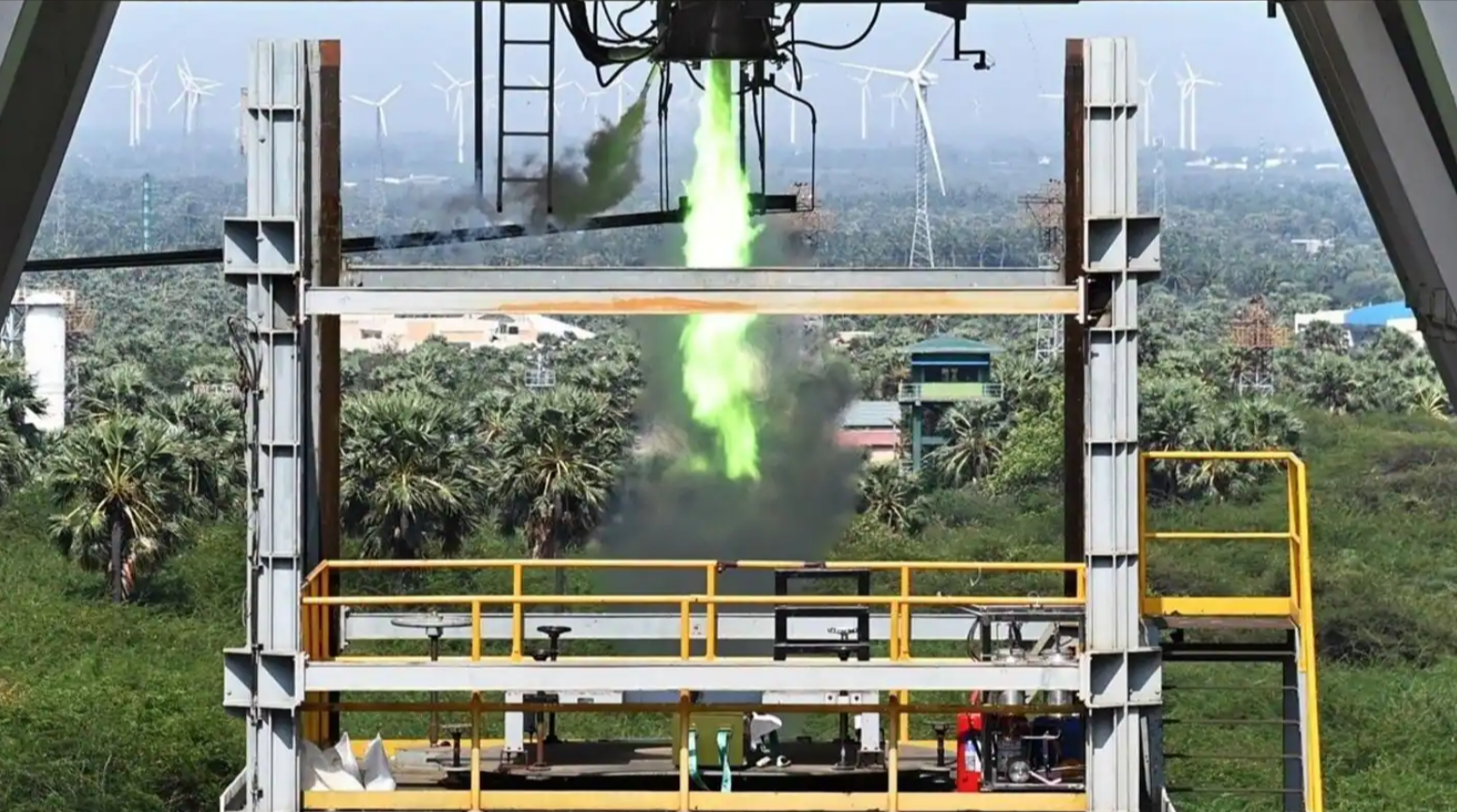
ISRO works to create its semicryogenic engine that will boost the launch vehicle payload capabilities. A systematic evaluation process is running the semicryogenic propulsion system through tests, which ensure operational readiness for future deployment. ISRO is actively working on NISAR preparations while demonstrating dual advancements in satellite and propulsion technologies through its parallel research.
Context:
-
ISRO reached another achievement supporting its semicryogenic engine hot test at ISRO Propulsion Complex (IPRC), Mahendragiri on April 24, 2025.
-
The second significant achievement was realized after the original hot test on March 28, 2025.
-
The confirmation of engine design integrity serves for its application within ISRO launch vehicles.
-
The space agency ISRO initiated its launch operations for the NASA-ISRO NISAR satellite through GSLV-F16 simultaneously.
Key Points:
Semicryogenic Engine Test Details:
-
Test Date: April 24, 2025.
-
Facility: ISRO Propulsion Complex (IPRC), Mahendragiri.
-
Test Duration: 3.5 seconds.
-
This test evaluated the Power Head Test Article Engine (without the thrust chamber) at its examination site.
-
Operation reached 60% of rated power level and showed stable ignition alongside stable performance.
Significance of the Tests:
-
The testing confirmed the startup process while monitoring operational reliability.
-
The assessment of the low-pressure and high-pressure turbo pumps as well as the pre-burner and all their controlling components proved critical.
-
The gathering of data will contribute toward establishing the final operational sequence of the whole engine system.
Next Steps:
-
Comprehensive qualification tests are planned.
-
Successful engine validation procedures will enable ISRO to use semicryogenic engines in their future launch vehicle designs.
ISRO launched the NISAR Satellite through Parallel Progress
-
NISAR (NASA-ISRO Synthetic Aperture Radar) satellite: A collaborative Earth observation mission between NASA and ISRO.
-
Launch Vehicle: GSLV-F16.
-
On March 24 2025, GS2 of GSLV performed its second stage launch from IPRC towards its destination at Sriharikota.
-
The launch campaign for NISAR has started its operations at Sriharikota.
About Semicryogenic Engines
What are Semicryogenic Engines?
-
The semicryogenic engine uses two different fuels which include Liquid oxygen (LOX) as well as refined kerosene (RP-1).
-
The engine serves as thrust producer for booster stages operating in heavy-lift launch vehicles.
Advantages of Semi-Cryogenic Engines:
-
The combination of LOX-RP1 produces a stronger density impulse when compared to rocket propulsion engines that use LOX-liquid hydrogen.
-
Single-stage rocket performance is enhanced by RP-1 because it delivers better economics and simplicity in operations when compared to liquid hydrogen usage.
-
The storage requirements of RP-1 remain uncomplicated because it performs adequately at standard room temperature.
Development and Application:
-
ISRO develops the semi-cryogenic engine to improve the LVM3 launch vehicle and future NGLV spacecraft as well as their heavy-lift capabilities and operational efficiency.
Difference Between Semi-Cryogenic Engine and Cryogenic Engine
|
Feature |
Semi-Cryogenic Engine |
Cryogenic Engine |
|
Fuel Type |
Refined kerosene (RP-1) and liquid oxygen (LOX) |
Liquid hydrogen (LH2) and liquid oxygen (LOX) |
|
Fuel Storage |
Kerosene can be stored at ambient temperatures |
Liquid hydrogen requires cryogenic storage at very low temperatures |
|
Density Impulse |
Higher, due to LOX and RP-1 combination |
Lower, due to LOX and LH2 combination |
|
Cost |
More cost-effective, cheaper fuel (kerosene) |
More expensive, due to storage and handling of liquid hydrogen |
|
Efficiency |
Higher density impulse, improved performance |
Higher specific impulse, but more complex and expensive system |
Conclusion:
ISRO reached a major milestone with its successful brief hot tests of the semicryogenic engine because these tests strengthened local propulsion capabilities for upcoming heavy-lift satellite launches. The active preparations for NISAR satellite launch have led ISRO to solidify its position among major players in space exploration and Earth observation systems. The resulting progress enhances Indian space infrastructure and supports existing strategic and technological planning.



 World’s 1st Functioning AI-designed Viral Genome
World’s 1st Functioning AI-designed Viral Genome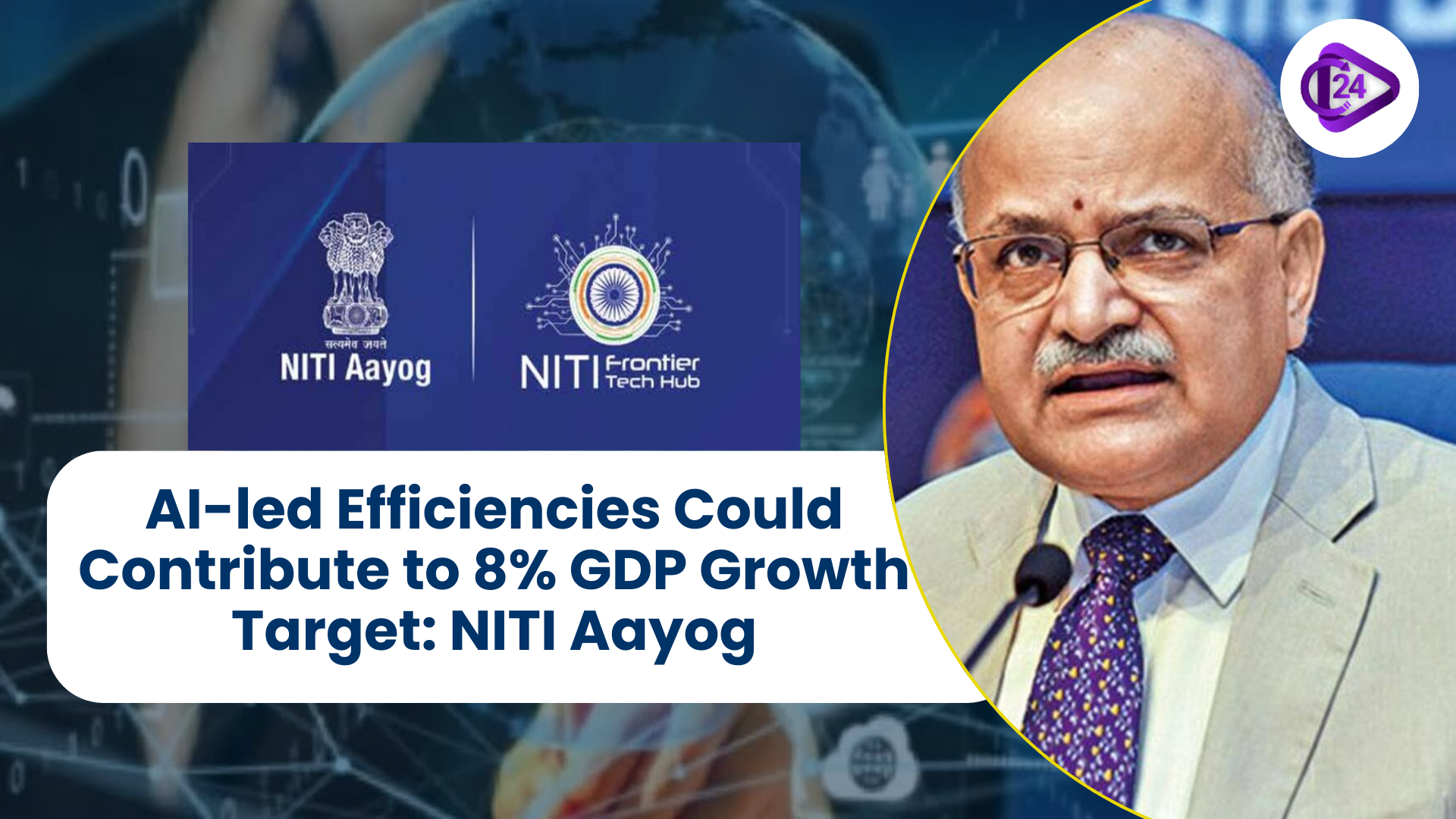 AI-led Efficiencies Could Contribute to 8% GDP Growth Target: NITI Aayog
AI-led Efficiencies Could Contribute to 8% GDP Growth Target: NITI Aayog India Projects Five-fold Growth in Space Economy to $44 Billion by 2033
India Projects Five-fold Growth in Space Economy to $44 Billion by 2033 Ministry of Tribal Affairs to Launch the Beta Version of “Adi Vaani”
Ministry of Tribal Affairs to Launch the Beta Version of “Adi Vaani” UNGA Launches Two New Initiatives to Strengthen Global Cooperation on AI Governance
UNGA Launches Two New Initiatives to Strengthen Global Cooperation on AI Governance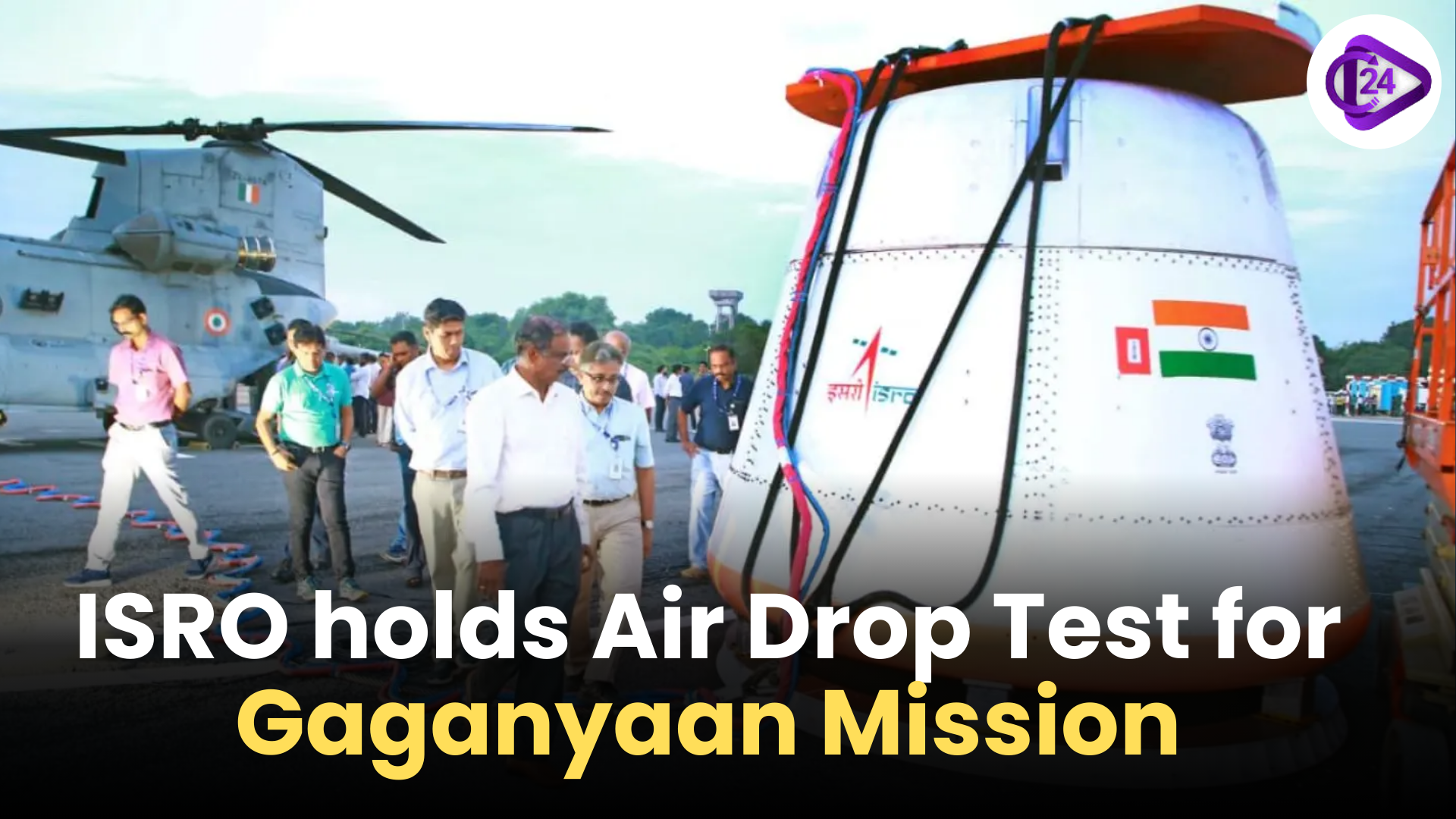 ISRO holds Air Drop Test for Gaganyaan Mission
ISRO holds Air Drop Test for Gaganyaan Mission Tiny Gold Particles can help early detection of Parkinson’s Disease
Tiny Gold Particles can help early detection of Parkinson’s Disease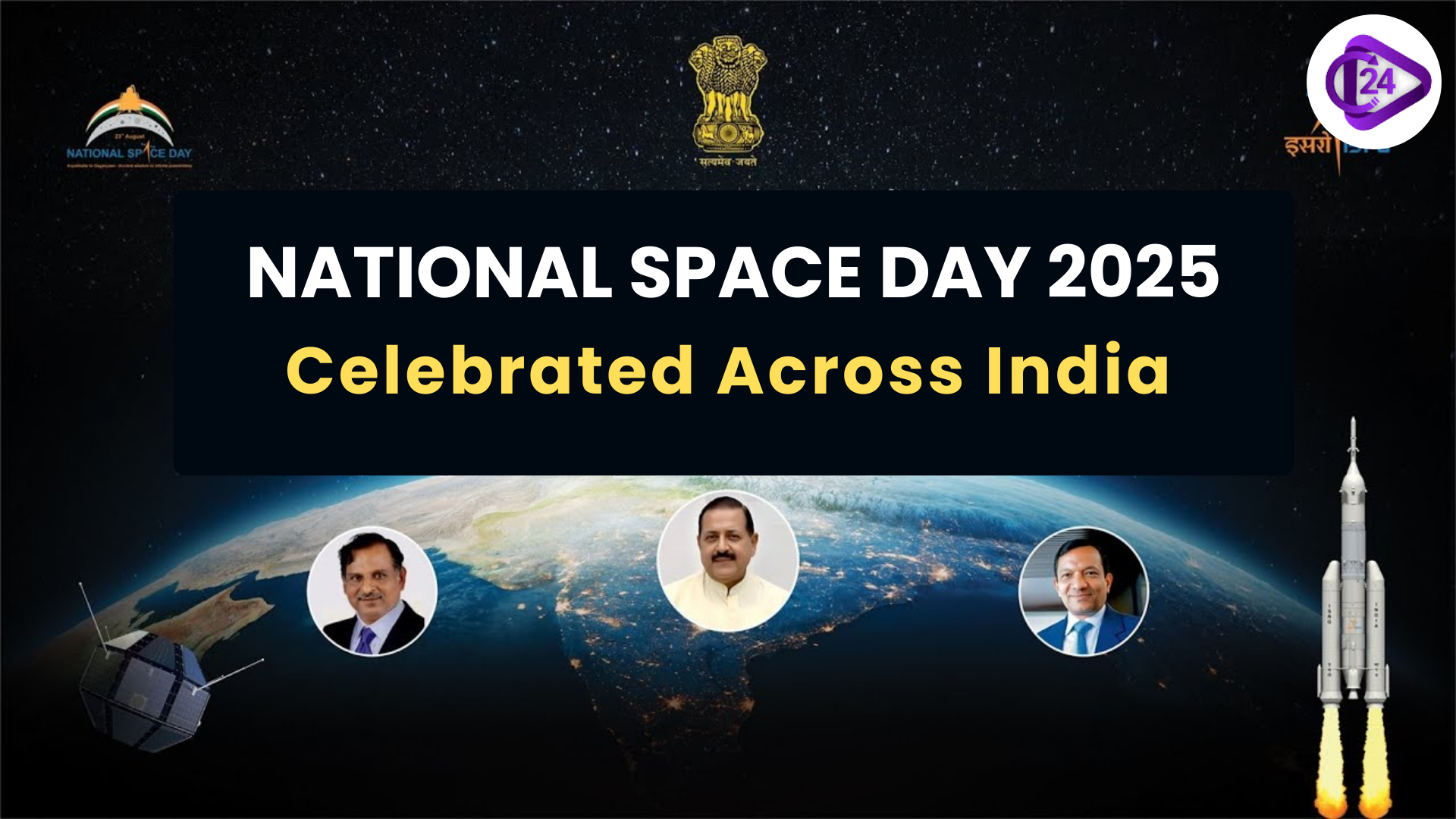 National Space Day 2025 Celebrated Across India
National Space Day 2025 Celebrated Across India Malaria’s New Frontlines: Vaccines, Innovation, and the Indian Endgame
Malaria’s New Frontlines: Vaccines, Innovation, and the Indian Endgame India-NASA Earth Observation Partnership: NISAR Satellite Launch
India-NASA Earth Observation Partnership: NISAR Satellite Launch



